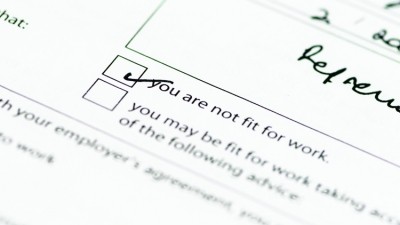#Unitedwestand
Self-employed income support scheme to be extended

However, the value of this grant will be slightly less than the previous one as it covers 70% of three months’ worth of average monthly profits (down from 80% in the first grant), up to a maximum of £6,570.
Sunak said: “2.3m people applied for the income support scheme. I can confirm the SEISS will be extended with applications opening in August for a second and final grant.
“The final grant will work in the same way the first did, paid out in a single instalment, covering three months’ worth of average monthly profits.
“To maintain the sense of fairness alongside the [Coronavirus] Job Retention Scheme, the value of the final grant will be 70%, up to a total of £6,570.
“Otherwise, there will be no changes and no further extensions to the schemes.”
Further furlough details
Sunak announced this at the daily Downing Street press conference, where he also revealed further details on the Coronavirus Job Retention Scheme (also known as furlough) for employed people.
With this, he outlined employers will have to start paying towards furloughed staff, starting with national insurance (NI) and pension contributions from August.
Following this, from September, employers will be asked to pay 10% of furlough wages with taxpayers contributing 70% and from October, employers are to pay 20%, with taxpayers covering 60%.
He highlighted how the flexible furlough scheme will work and that it will be open a month earlier than originally planned.
The Chancellor said: “The biggest request I’ve heard from businesses, large and small, right across our country, is to have the flexibility to decide what is right for them.
“So, to protect jobs and help businesses decide how quickly to bring their workforce back, we are introducing a new, more flexible furlough. This is a critical part of our plan to kick start the economy. The financial security of the furlough scheme has been a relief for many but, at the same time, people want to work.”
Right arrangements
He added: “No one wants to be at home, on furlough. No one wants to feel unable to contribute so HMRC and the Treasury have worked hard to put the flexible furlough in place, not from 1 August as planned, but from 1 July – one month early.
“From 1 July, employers will have the maximum possible flexibility to decide the right arrangements for them, and their furloughed staff.
“For instance, your employer could bring you back to work for two days a week. Your employer would pay you for those two days, as normal, while the furlough scheme would continue to cover you for the other three working days.”
• Read the latest digital edition of The Morning Advertiser – for free – by clicking here.







